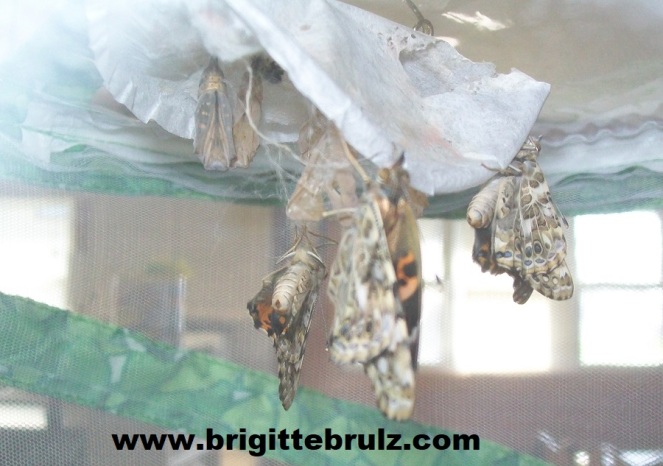(This post contains affiliate links, which means I may make a small commission at no extra charge to you if you click on a link and make a purchase. As an Amazon Associate, I earn from qualifying purchases. I greatly appreciate all purchases you make using these links. Thank you!)
A course I created entitled Who Are Community Helpers? was published earlier this year on SchoolhouseTeachers.com. Within the course, I had ten lessons about ten different community helpers.

One of the community helpers included was a teacher. Now that summer break is coming to an end and school is beginning again soon, I thought it would be fun to share a list of books about teachers.

“I’m a teacher…” from Jobs of a Preschooler
Many of these books were listed in the Who Are Community Helpers? course. None of them are about homeschooling teachers, though.
Books About Teachers
Most of the following books are books about teachers I was able to reserve from my local library.
A Letter to my Teacher by Deborah Hopkinson
A cute book written as one long letter from a student who is all grown up to her second grade teacher who was very patient and understanding and taught the then-reluctant student so much.
Because You are my Teacher by Sherry North
Simple rhyming text talks about all the ways a group of students could explore the world with their teacher if it were possible.
Diary of a Worm: Teacher’s Pet by Doreen Cronin
Worm doesn’t know what to get his teacher as a birthday gift. He writes a list of ideas and finally finds the perfect gift to present to her.
How to Get Your Teacher Ready by Jean Reagan
Cute tips tell students how to help a teacher such as reminding her of no messy snacks on picture day and making sure her whistle works on field day.
Miss Brooks Loves Books! (And I Don’t) by Barbara Bottner
Miss Brooks isn’t a teacher by profession. She is a librarian, but she still teaches the kids at her school about her love of books. One student in particular thinks she will never like books until she discovers a book that fits her interests.
This fiction picture book is about a student talking about her teacher and all that her teacher does for the classroom and others.
My Teacher for President by Kay Winters
I was unable to reserve this book at my local library, but it appears as though this book uses simple text to compare a teacher to a president.
What DO Teachers do (After YOU Leave School) by Anne Bowen
Rhyming text describes the adventures of teachers after the students leave school at the end of the day. Who knew teachers rode the slide, zipped through the hallways on skates, had colossal food fights, danced in their socks, made slime soup, and more after the students went home?
What Teachers Can’t Do by Douglas Wood
This book goes through many things a teacher can and can’t do such as not being able to spell “cat” even though they can spell words like “Mississippi” and “encyclopedia”. It ends by saying “teaching you” is what teachers do best.
More Books About Teachers
These books about teachers are great for a community helpers study that includes teachers.
Clive is a Teacher by Jessica Spanyol
Clive pretends to be a teacher and teaches his students.
I Can be a Teacher by Michou Franco
Simple text talks about what teachers do and ends with “I can be a teacher. So can you!”
Teacher by Ando Twin and Lucy M. George
This book talks about what a teacher does throughout her day and what her students get to experience. The teacher has a special guest join the class. An assistant helps the teacher throughout the day.
This book talks about what teachers may do at a school throughout the day.
Teachers Help Us by Aaron R. Murray
Simple text talks about what teachers do.
What is your favorite book about teachers?
For more themed books, check out the following posts:




























































